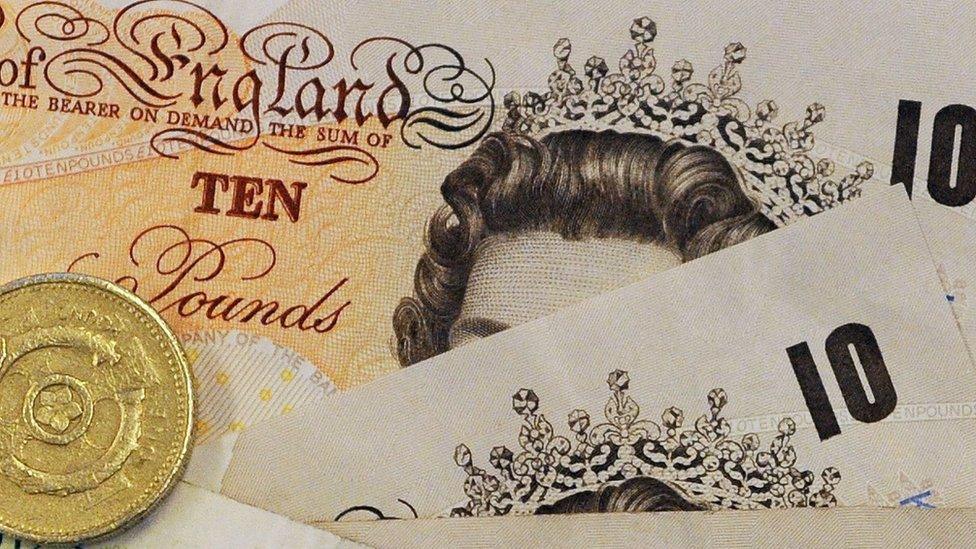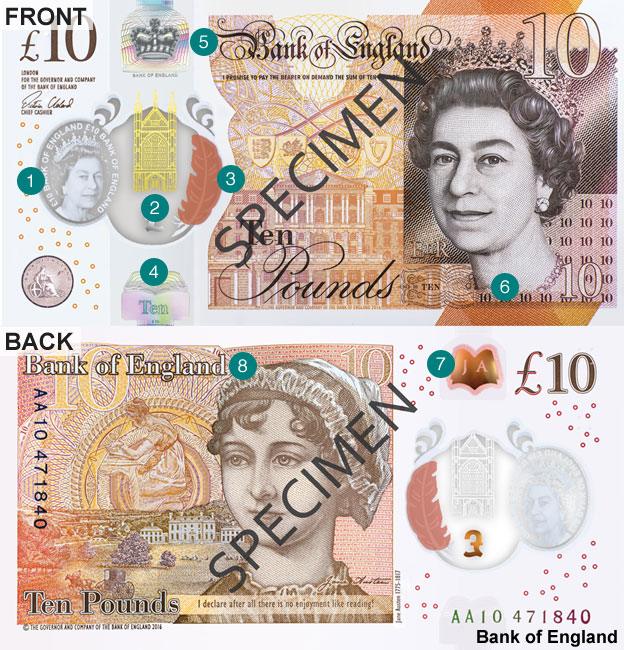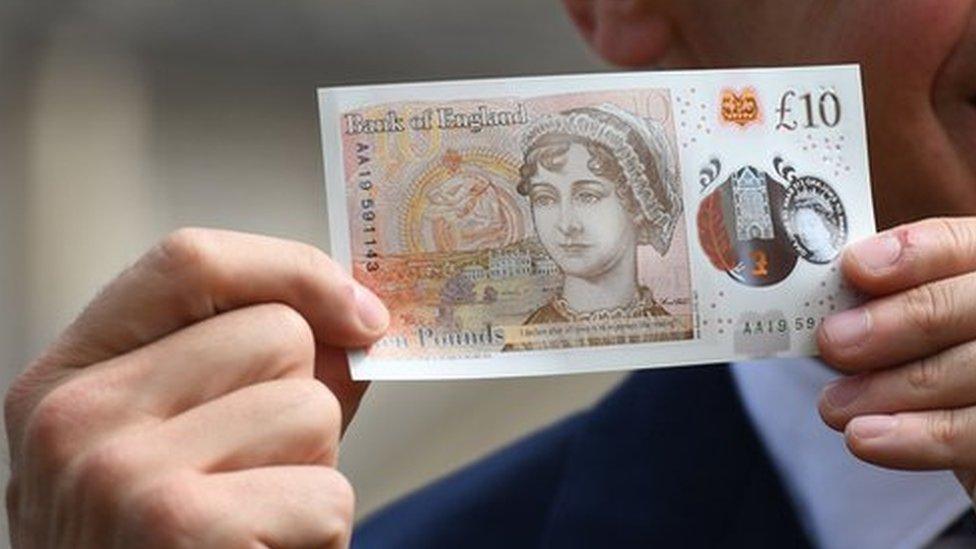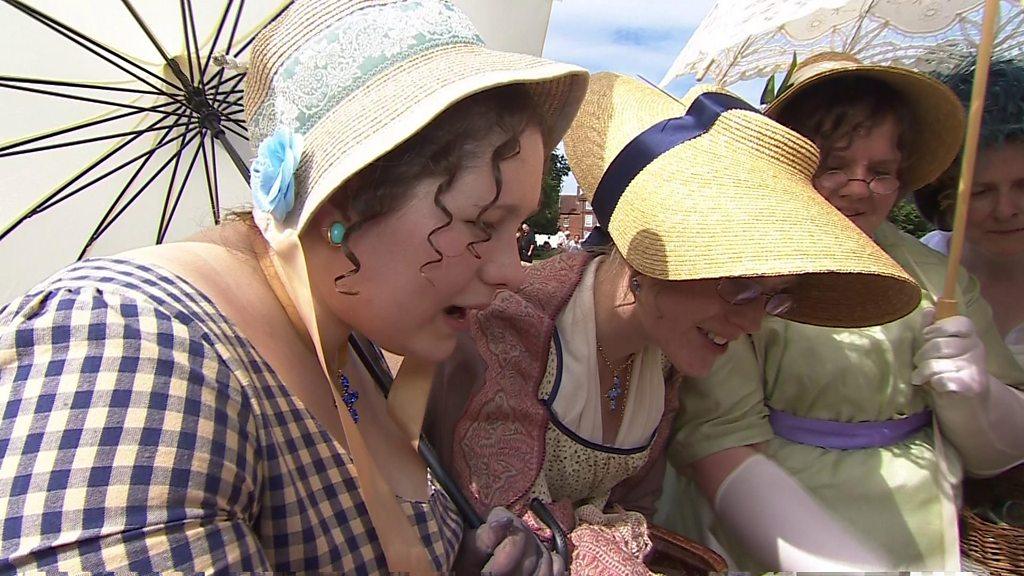Old £10 note to disappear next year
- Published
- comments

The old £10 note is soon to go the way of the old pound coin
If you still have any old £10 notes, make sure you spend them before 1 March next year.
The Bank of England has announced that the old paper notes, featuring naturalist Charles Darwin, will no longer be legal tender after that date.
Its days have been numbered since the new polymer tenner, depicting author Jane Austen, entered circulation in September.
But the old note can still be exchanged by the Bank after the cut-off date.
Threadneedle Street says polymer, also now used for the £5 note featuring Winston Churchill, is more durable and cleaner than paper notes.

Security features of Jane Austen £10 note:

A see-through window featuring the Queen's portrait
Winchester Cathedral shown in gold foil on the front of the note and silver on the back
A quill at the side of the window which changes from purple to orange
A hologram which contains the word "Ten" and changes to "Pounds" when the note is tilted
A hologram of the coronation crown which appears 3D and multi-coloured when the note is tilted
Micro-lettering beneath the Queen's portrait with tiny letters and numbers that are visible under a microscope
A book-shaped copper foil patch which contains the letters JA
The words "Bank of England" printed in intaglio (raised ink) along the top of the note

It has persevered with the material despite complaints from religious and vegan groups that the animal fat tallow is used in the production process.
Following consultation, the Bank said in August that it would continue with the use of tallow in future banknotes - saying it "has not taken this decision lightly".
The Bank assessed whether palm oil or coconut oil should be used instead, but concluded that this might not be able to be sourced sustainably. Changing production would also involve considerable extra costs to taxpayers.
The old £10 notes have been in circulation since November 2000, but lost out to the new ones on grounds of security as well as durability.
The Jane Austen notes have a number of features built in that make them particularly hard to forge.
They also have an inscription in raised dots that helps blind and partially-sighted users to identify them.
The end of the old paper tenner follows the official withdrawal last month of the old round £1 coin, which has now been wholly replaced by the new 12-sided version.
- Published14 September 2017

- Published18 July 2017
